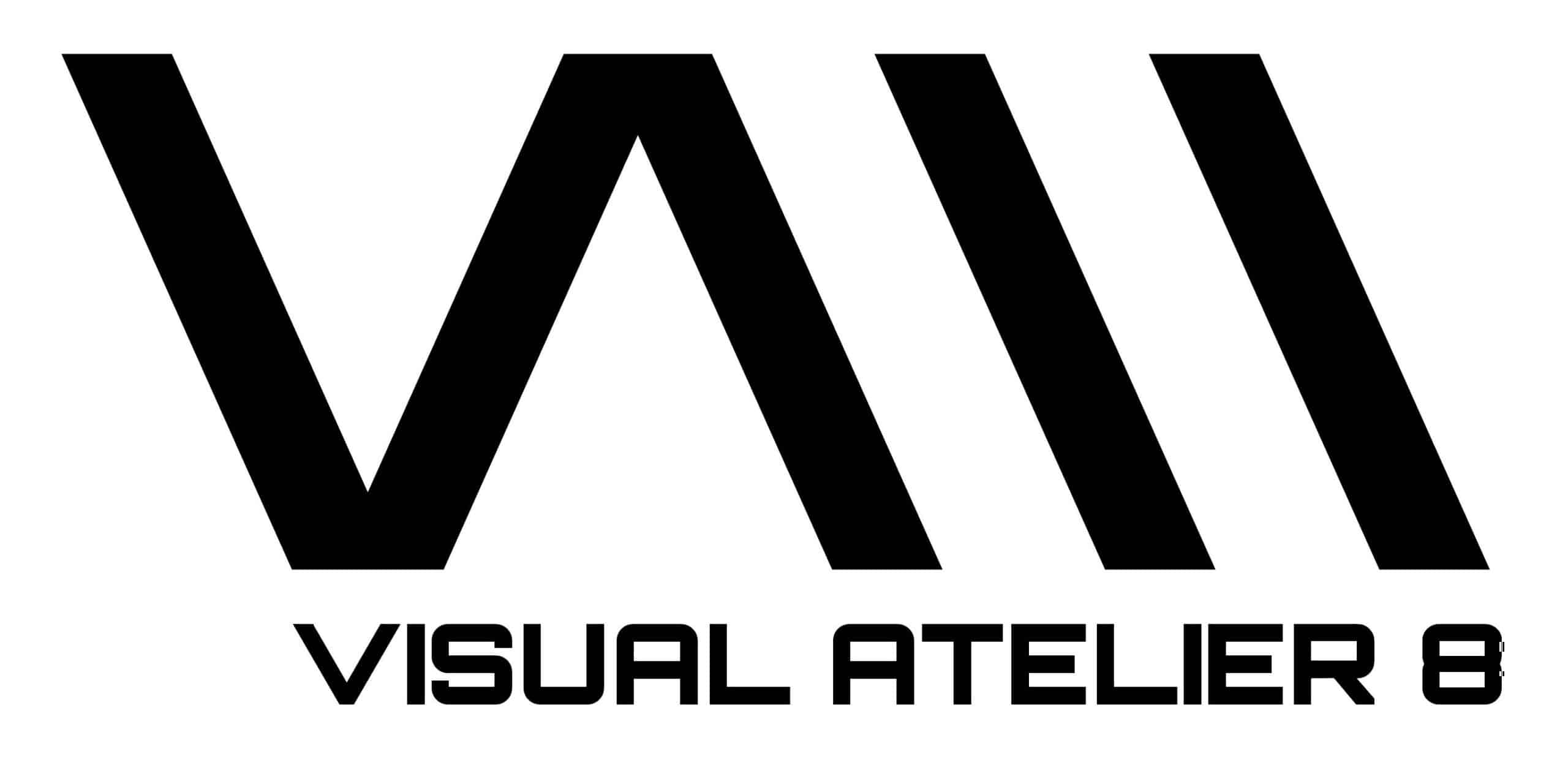In conversation with Nigel Stanford
Nigel Stanford is a producer and a musician from Wellington, New Zealand. The innovative artist brings together music and science into artfully videos. In “Cymatics”, Nigel highlighted how sound can affect matter in a visually spectacular way; while in “Automatica, transformed intelligent machines into true musicians. The organically images in both videos are similar to a puzzle, made up of many individual pieces and studied with a great attention to details.
Your videos are an impressive composition of music with visual effects. When did you start experimenting with the sound and visual arts? How would you describe your music?
I have been making music my whole life and I started making videos in 2012. My music is electronic, ambient, breakbeat, a sort of cinematic. I try to make things sound somewhat like the soundtrack to a movie that has not been made.
Your music video “Cymatics” is a fascinating exploration of visualizing audio frequencies. Can you reveal us the inspiration behind it?
Back in the 1990s, I watched a documentary about ‘Synesthesia’, which is a brain affliction, when people can see sound and hear colour. I think I have a mild form of it for me when I think about bass frequencies I think of them as being read. I always wanted to make a music video where every instrument was visualised by some element. I found later a few Cymatics experiments on YouTube and I thought it was very cool and someone should make a music video and so I did it.


One curious part of making this video is the fact that the music was written after the footage was concluded. How did you associate a sound to every visual element? Which program did you use during this creative process?
We found the different experiments and then I would figure out what kind of audio I could use to drive them to work. For instance, with the water dish, the water takes time to form the shape that you want, so I could only write slow notes with that particular experiment. For the same play I found a number of different shapes that I thought were visually pleasing.
Again it took quite a while to form each shape so I had to make sure that my music stay on the same note for a long time in order for the shape to be fully realised. Usually, I use Cubase to sequence my music and I use Adobe Premiere to edit the visuals.
“Cymatics” garnered an enormous success with over 15 million views on YouTube. Did you expect all this positive feedback from the audience?
I thought it would do well. I was hoping it would get one million plays, because some of the Cymatics experiment videos I have seen had a lot of plays even though they did not have music on them. But I was not expecting it to do it as well as it has, I am very happy.

Your recent work “Automatica” is a powerful interface between technology and art. What challenges did you face while transforming the robots into musicians?
I spent time in my garage with the robots seeing what kind of moves they could make, what the limitations were and then writing the music around those limitations.
By the end of the video, the robots rebel against their human collaborator, tossing and smashing their instruments while a laser cuts through the set. What message does this visual metaphor carries with it?
I was not really thinking much of a message more so that the music, a sort of rocks out in the end. I wanted the robot musicians to do a kind of 60s rock and roll singer, smashing their instruments. It was not mean to be anything deep about robots taking over from humans or anything like that.

What is your personal opinion on AI?
I think that it is unavoidable that we will create intelligence far greater than human. I hope when that will happen it will be programmed in such a manner to be a benevolent ruler and not to see humanity as a virus.
How do you see the future of music?
The interesting thing about music now is how it is available for anyone to make music without expensive equipment and it is easy for people to put their music live and have it worldwide through things like Spotify and iTunes store. In a lots of ways the current music is better than it has ever been in some ways, also not as good in terms of some of my favourite music, like Beatles.
Ask us a question.
Do you think that the Internet in the world and being connected has been a force for good or is beginning to cater to humanity’s worst instincts?

All images, courtesy of artist: Nigel Stanford

